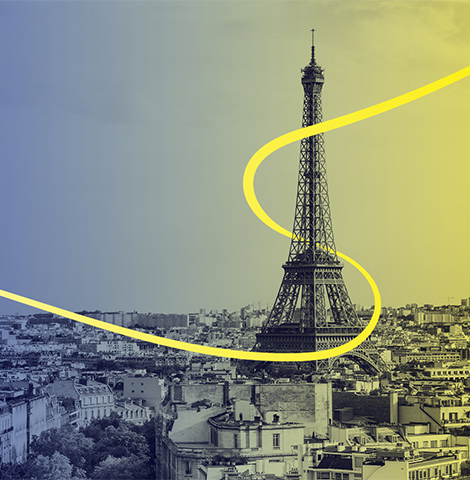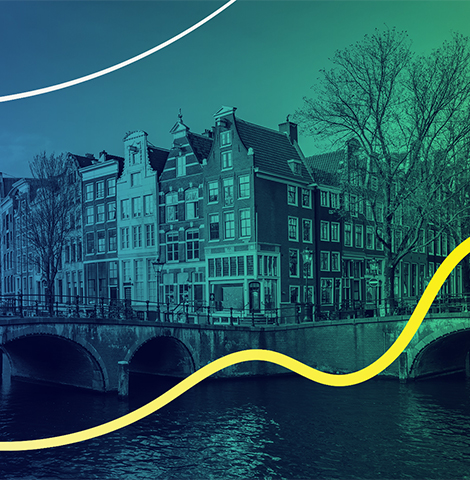In the case, the plaintiff’s input resulted in the creation of a graphic through the DALL-E program, which was subsequently used by the defendant on its website. The plaintiff’s input for the creation of this graphic was: „Vytvoř vizuální zobrazení dvou stran, které podepisují obchodní smlouvu ve formálním prostředí, například v konferenční místnosti nebo v kanceláři advokátní kanceláře v Praze. Ukaž pouze ruce.“ which could be translated as: “Create a visual representation of two parties signing a business contract in a formal setting, such as a conference room or a law firm in Prague. Show only their hands.”
In this context, the plaintiff sought the rights that he, as the author of the graphic, would be entitled to under Section 40(1) of Act No. 121/2000 Coll., on Copyright, on Rights Related to Copyright and on Amendments to Certain Acts, as amended (“the CA“), namely a declaration that the plaintiff was the author of the graphic, an order requiring the defendant to remove the graphic from its website and an injunction against any further conduct that might jeopardize or otherwise interfere with the plaintiff’s rights as author. The Municipal Court in Prague dismissed the action on all counts.
In its judgment, the court concluded that the plaintiff did not bear the burden of proof with regard to his claim that the graphic was created on the basis of his specific input, as he only proved this fact by his personal statement and did not submit any further evidence even after the court’s subsequent invitation. Such evidence could have been, for example, a notarized notation with a screen shot showing the input entered into DALL-E as alleged in the petition, together with the subsequent output generated by the AI.
The important question of the very possibility of authorship of the work in question is then dealt with obiter dictum in the judgment. The Court found that the graphic created by artificial intelligence does not constitute a work of authorship within the meaning of section 2 of the CA, as it does not meet the conceptual characteristics of such a work, since it is not an unique result of the author’s creative activity. The work was not created by the plaintiff, but by artificial intelligence, which cannot itself be the author, since it is not a person, let alone a natural person. (The company behind DALL-E, OpenAI, would not be considered an author either as it in its terms of use transfers potential authorship of the AI’s output to the person providing the input.)[2]
The court further notes that the input itself can be viewed as the theme of a work or an idea within the meaning of section 2(6) of the CA, which is not itself a work of authorship. Since copyright is an absolute right, belonging to the natural person who created the work, it cannot, by definition, be a work of authorship if the image was not created by the plaintiff himself. The Court therefore considers that the image is not a work of authorship, let alone a work of the plaintiff. The judgment is final and neither party has appealed within the time limit.[3]
This decision is in line with a similar topic discussed in the past, which is the possibility of creating a work of authorship by an animal. If an animal paints a picture or presses the shutter of a camera and takes a photograph, it is not a work of authorship because the animal is not a natural person and its creation is not the creation of the person who owns the animal or the camera and it cannot be inferred in any way that it is a reflection of the personality of that person as the author.[4][5] The above interpretation of works created by animals can be applied generally to all works in the creation of which the human element was not involved.
We have already addressed the issue of AI outputs and authorship of them in a Czech written article in March last year, albeit in connection with language models for automatic text generation.[6] In that article, we concluded that the input from which the output is generated must reflect sufficient creativity on the part of the author to be considered a work of authorship[7] or, conversely, the output must be so modified by the person that it is capable of meeting the standard of copyright protection. Thus, in the case of text output generation, it should theoretically be possible to acquire authorship of the output if the output is, for example, a correction or minor modification in the input of the input text. To this end, for example, one might enter an instruction to the AI to “Correct grammatical errors and punctuation in the following text using the rules of written Czech, and at the same time rephrase the text where the same verbs are repeated: [text].” However, the instruction “Write a theatrical tragedy in five acts” will obviously not be sufficient to acquire authorship.
In the opinion of the author of this article, debate over the authorship of textual outputs is possible and in specific cases linked to the element of the author’s share of creativity in the output of artificial intelligence, or whether such element is already sufficiently contained in the input, which is itself the result of a unique creative activity, reflecting the author’s personality. In the question of authorship of the graphical output of generative models of the DALL-E type, it should also be possible to consider potential authorship if the change is only partial and the author’s original input is already a work of authorship in itself, for example, if a photo or image is uploaded to the graphical model with the instruction: “Increase colour contrast and sharpness“. In such cases, it can be said that the graphic model is used as a tool similar to Photoshop or Snapseed and only modifies or completes the author’s work. If, however, the image or graphic is generated on the basis of a textual input “from scratch”, it can be said, on the basis of the decision of the Municipal Court in Prague, that it will not be a work of authorship and the input for generating the image will be assessed only as a theme or idea within the meaning of Section 2(6) of the CA.
The judgment of the Municipal Court in Prague is thus undoubtedly significant, as it deals with the hitherto unaddressed issue of artificial intelligence in relation to authorship. However, it is necessary to await further similar decisions that would further specify the potential threshold (or rather the borderline) from which persons using AI to support their creative process could claim authorship of a work, provided that such work sufficiently reflects their unique creative activity.
[1] https://www.justice.cz/documents/14569/1865919/10C_13_2023_10/108cad3e-d9e8-454f-bfac-d58e1253c83a
[2] https://openai.com/policies/terms-of-use
[3] https://infosoud.justice.cz/InfoSoud/public/search.do?type=spzn&typSoudu=os&krajOrg=MSPHAAB&org=&cisloSenatu=10&druhVec=c&bcVec=13&rocnik=2023&spamQuestion=23&agendaNc=CIVIL
[4] https://web.archive.org/web/20140807083811/http://lightbox.time.com/2014/08/06/monkey-selfie/
[5] https://www.csmonitor.com/Technology/Tech-Culture/2014/0822/US-government-Monkey-selfies-ineligible-for-copyright
[6] https://blog.peterkapartners.com/chatgpt-z-pohledu-autorskeho-prava/
[7] ” In order for an intellectual creation to be regarded as an author’s own it must reflect the author’s personality, which is the case if the author was able to express his creative abilities in the production of the work by making free and creative choices” ECJ Judgment C-469/17



